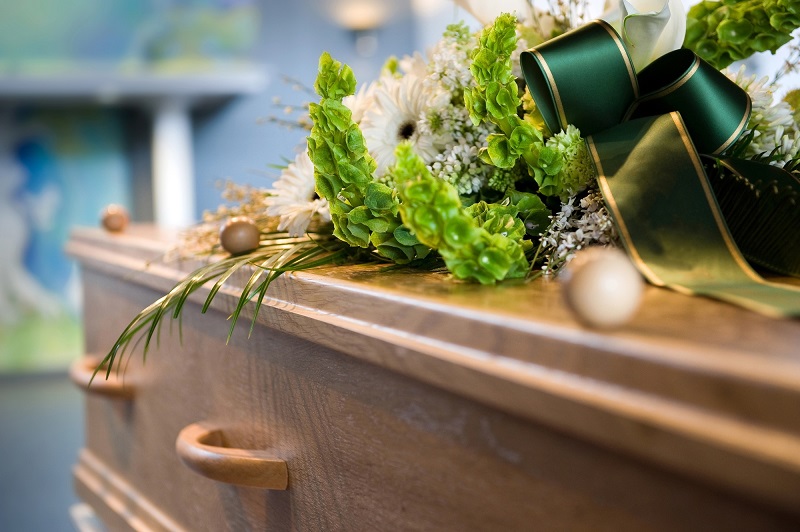Planning a funeral doesn’t have to be stressful.
Funerals can offer the the comfort and closure you need after losing a loved one. And if you’re thinking of planning your own funeral, doing so can give your loved ones peace of mind in the future.
Still, funeral planning requires several necessary steps, which may be overwhelming at first. Read on to learn the basic steps of planning a funeral to help you get started.
Contact Your Loved One’s Legal Authority
If you’re planning a funeral for a lost loved one, you should first get in contact with their legal authority. This is the person who has information on what kind of funeral arrangements your loved one wanted.
If your loved one didn’t leave any specifics on what funeral services and disposition they wanted, the legal authority generally has the right to make these decisions.
Arrange a Type of Disposition
The final disposition is the manner of handling a loved one’s remains. There are three primary types:
- burial
- cremation
- donation
Choosing a form of disposition can help you inform your decision on what kind of service to have. At this stage, you should also decide on a final resting place, whether it be a cemetery, memorial garden, or another location.
You should also consider headstones and other memorial markers for your Funerals & Memorials.
Organize the Service and Location
When you imagine planning a funeral, planning the service is likely what first comes to mind.
There are many different types of funerals and funeral services to choose from. Some are religious and follow strict traditions, while others are highly customizable based on your loved one’s personal preferences.
First, book a funeral home or other location to have the service. Then, hire an officiant or funeral director to lead the service.
You should also consider details such as:
- food and refreshments
- the reading and writing of eulogies
- music
- whether or not there will be an open casket
- what photos to show in memory of the deceased
Personalize the Funeral
It’s becoming increasingly common for people to find ways to make their funerals or memorials unique and personal. Whether you’re planning your own funeral or someone else’s, think about the personal touches you may want to add.
One way to do this is by considering if you’d like to receive flowers or a donation to a charity of choice instead.
Personal touches can also be added by incorporating a passion or hobby, scattering ashes in a favorite location, or displaying cherished items during the funeral service.
Decide on a Form of Payment
Funerals can be costly, with median funeral prices coming in at around $8,000.
To ensure you plan the day your loved one (or you) deserves, be sure to look over your payment options in advance.
Life insurance or pre-funding may mean family members don’t have to pay out of pocket. In other cases, the family may have to fund the funeral themselves, though payment plans can help ease the financial burden.
Planning a Funeral
Planning a funeral can ensure you have a proper send-off for your loved one or yourself when the time comes. Follow these steps to get started now.
For more tips on planning events, check out our other blog posts!











